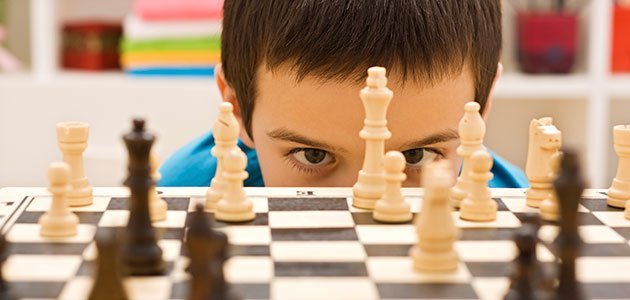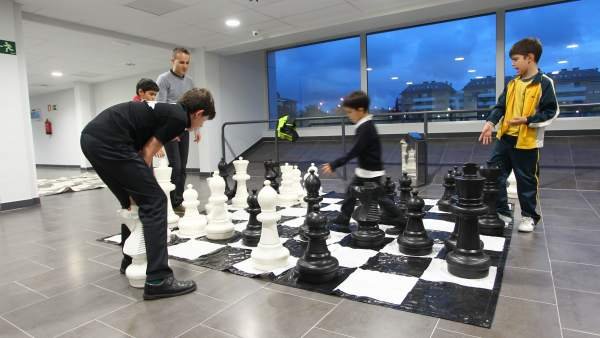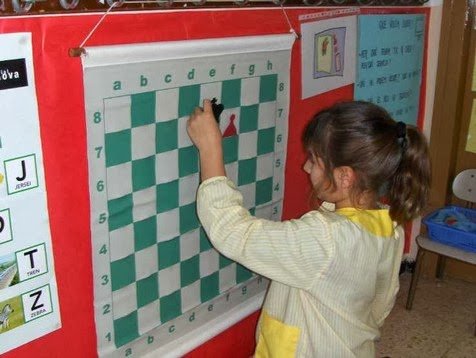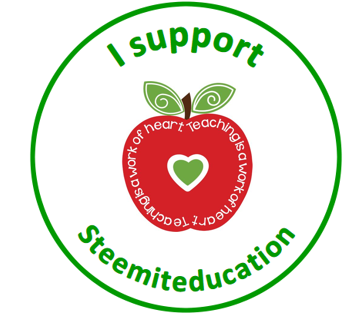Chess is an enriching game that takes place between two people of which each one has 16 mobile pieces, located on a board divided into 64 squares; promotes the construction of numerous learnings in children and allows to work very diverse areas together in an integrated manner.

Source
There is a factor in chess that arouses great curiosity in children: their pieces represent the typical characters in life in the castles, a world of fantasy that they know through literature and cinema.
Link the learning of this game with dramatic play, graphic expression, body experience, is associated with areas of learning such as: mathematics, language, visual arts and physical education.
In order to make children aware of the origin of the game, its pieces and movements, we can adapt it to children's language and comprehension in a fun and didactic way through songs and stories.
The Legend of Chess
Source Video
How to Implement Chess in Initial Education?
It is important to present this game in three steps so that children can play, experimenting from different perspectives that will lead them to take hold in the knowledge of chess:
- Playing on the floor on a giant board where the children themselves represent the pieces to experience their movements with the whole body.
- Playing with murals where the whole group participates.
- Playing at the table; each couple or small group with their board.
The objective of this game in Initial Education is not the "JAQUE MATE", but the capture of all the pieces.

Source
Benefits of Chess for Children
In terms of intellectual ability, chess can help children improve:
- Attention, Concentration and Memory.
- The power of analysis, synthesis and organization.
- The ability to solve problems and make decisions under pressure.
- Creativity and imagination.
- The logical - mathematical reasoning.
- Regarding emotional intelligence, it helps them:
- Have emotional control: Knowing how to carry both successes and defeats.
- Have a sense of transparency, being honest or integral with himself and with others.
- Increase your self-esteem and confidence.
- Work as a team and collaborate.
Proposals for Passive Games
My chess is an animal game.
My chess piece is an object.
My name is a chess piece.
Source Video
For the development of these games the wall board with its chess pieces and the object, animal, name and words will be used, always identifying the first letter of each word (Pawn - Panther - Peter - Pencil).

Source
Source
1 - 2 - 3 - 4

The chess technique, interesting presentation for the intellectual development of children. I like the dynamics.
chess is one of those games that i just can't master. Nonetheless, its benefits are rather huge when it comes to training someone to think
Very good =)